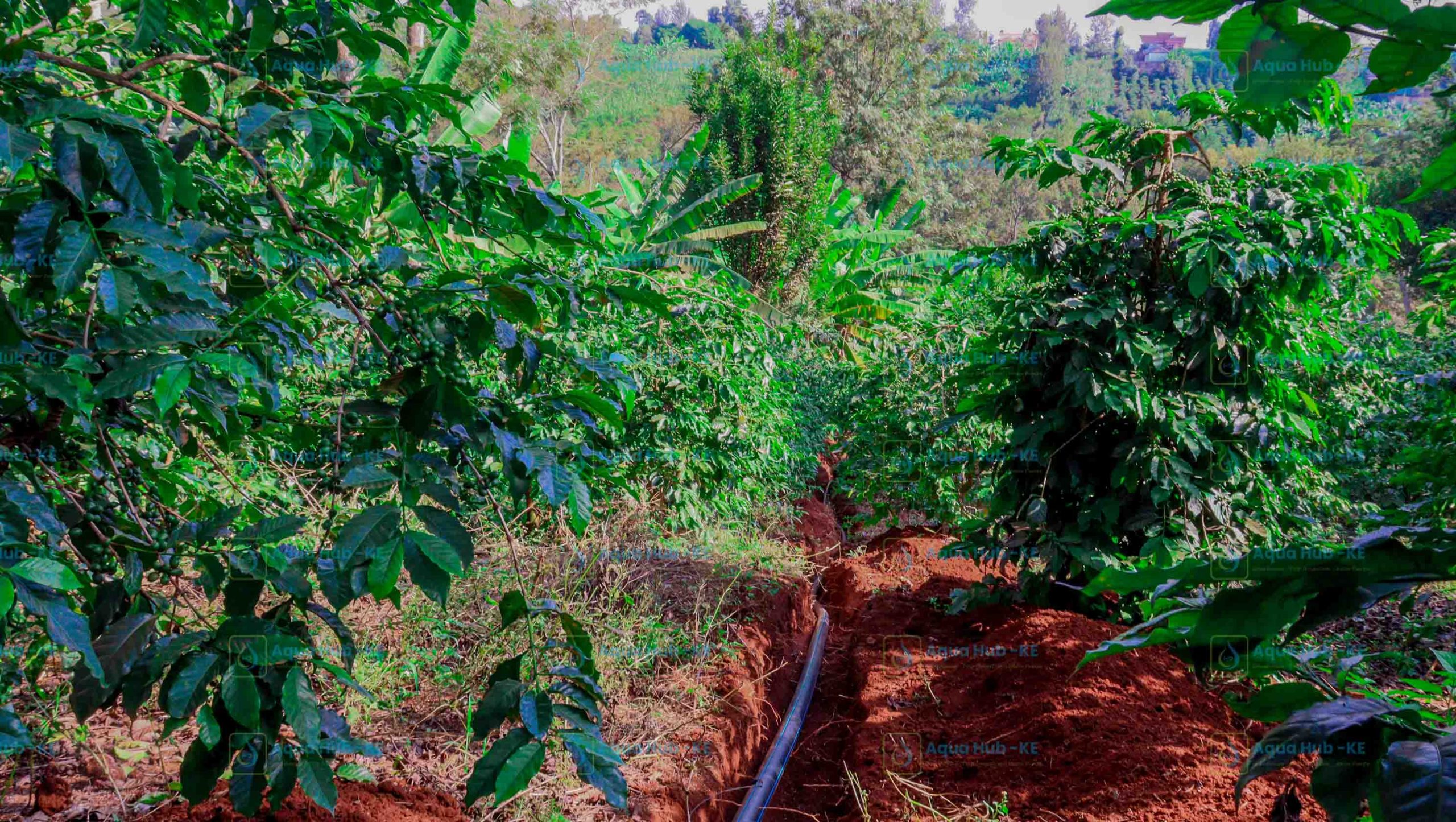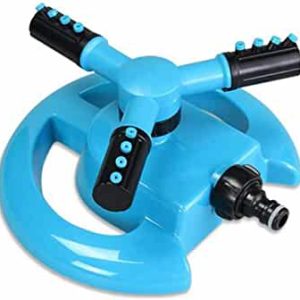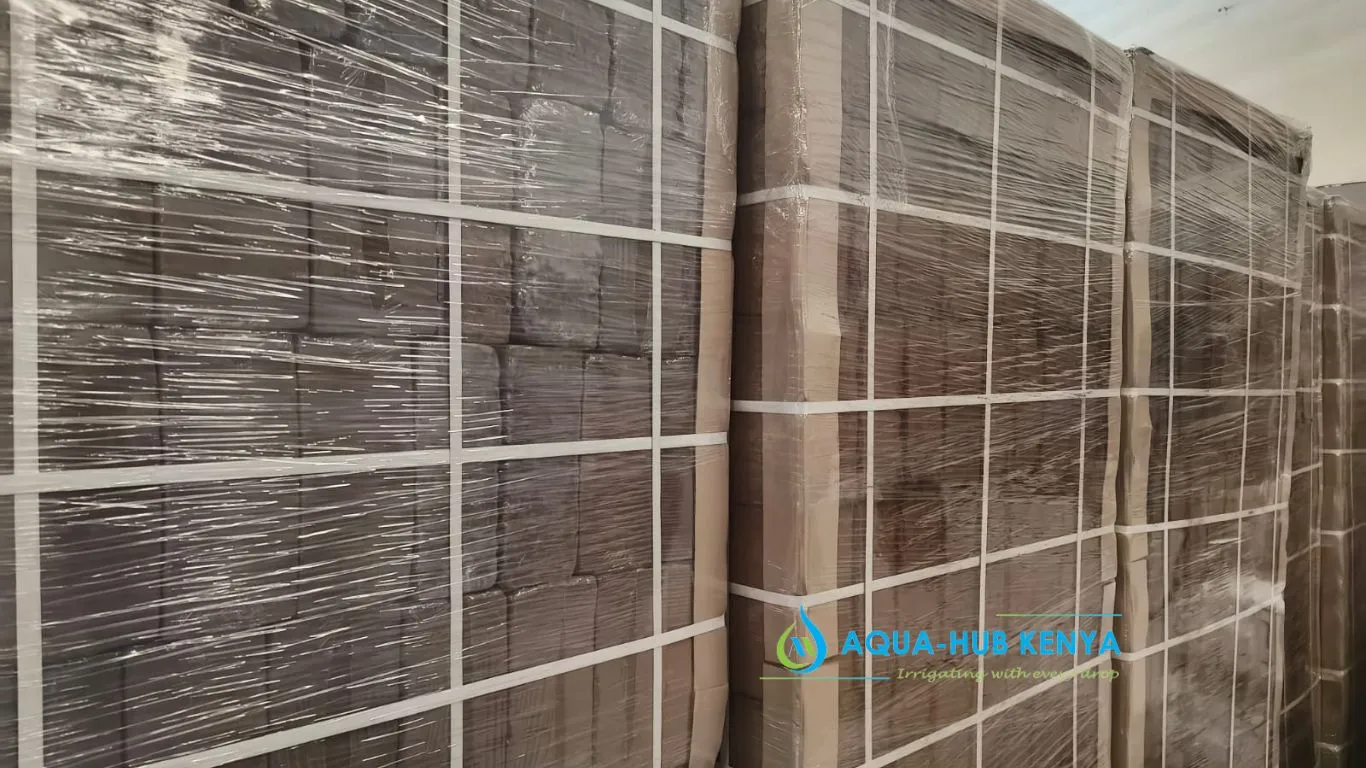Aqua Hub Kenya provides different sizes of planting Trays for Sale in Kenya. To meet your needs for propagation, we offer seeds and cuttings, high-quality seedling trays, and more. Seed-raised plants frequently result in stronger plants at lower costs. A seedling tray may aid germination if you want to start many seeds. When selecting a seed tray, there are numerous materials, tray types, and cell options. Our seedling trays come in various shapes and colors, including black and white, but the most common color is black.
There are capacities of 50 cells, 66 cells, 78 cells, 128 cells, 200 cells, and 288 cells in our planting trays. They measure 21.22 inches long by 11 inches wide. After transplantation, they can be easily recycled because they are made of UV-treated materials. They can be applicable to growing things like tree seedlings and vegetables. These planting trays are a cutting-edge method of propagation that works in any environment. These items are typically applicable in nursery propagation in shade structures or greenhouses. Additionally, our seedling trays enable farmers dependent on agriculture to consider seedling growth and survival.
Planting Trays for Sale by Aqua Hub Kenya
Farmers often use planting trays to grow seedlings. There are many different types of planting trays available for sale. Some popular materials for planting trays include plastic, fiberglass, and biodegradable materials like peat pots. You can purchase planting trays in various sizes and shapes, depending on the type of plants you want to grow. The size, material, and quantity of purchased seedling trays can influence their cost. Plastic trays that contain cells for individual seedlings typically cost around Ksh 140. The prices are the same, but the trays also have different cells.
| Number of cells | Cost |
| 50 | 140 |
| 72 | 140 |
| 128 | 140 |
| 200 | 140 |
| 288 | 140 |
What types of plants are good for planting trays?
Planting trays can be applicable to grow various plants, including both edible and ornamental plants. Some of the most common plants grown in planting trays include:
- Vegetables: Lettuce, spinach, radishes, and other small seedling vegetables are often grown in planting trays.
- Herbs: Basil, cilantro, parsley, and other herbs can be grown in planting trays and then transferred to larger pots or a garden once they have established roots.
- Flowers: Marigolds, petunias, zinnias, and other flowers can be grown in planting trays and transplanted into a garden or larger pots.
- Trees and shrubs: Young tree seedlings, like pines or maples, can be grown in trays before planting in the ground.
It’s important to remember that the type of plant you want to grow will determine the size of the tray you need. For example, larger trees need larger trays than small herbs or flowers. Additionally, some plants require more light or water than others, so make sure to choose a planting tray that can accommodate the needs of the specific plants you want to grow.
Why are planting trays the most effective method for seedling germination?
Planting trays are an effective method for seedling germination for several reasons:
- Control: Planting trays allow you to control the environment in which your seedlings grow. You can provide the proper light, water, and nutrients to help your seedlings thrive.
- Space: Planting trays provide individual pockets or cells for each seedling, giving each seedling its own space to grow and develop roots without crowding.
- Ease of transplanting: Once your seedlings have germinated and established roots, they can be easily transplanted into larger pots or the ground without disturbing their roots.
- Cost-effective: Planting trays are a cost-effective solution for seedling germination, especially when compared to starting seeds in individual pots.
- Flexibility: Planting trays come in various sizes and materials, allowing you to choose the best option for your specific needs. Some planting trays can even be used as temporary pots for your seedlings, making the transplanting process even easier.
Overall, planting trays are a convenient and effective solution for germinating, providing the control and resources needed to give your seedlings the best possible start.
How much space do seedling trays hold?
The amount of space that a seedling tray holds depends on the size of the tray and the size of the individual cells or pockets in the tray. Seedling trays come in various sizes, from small trays with just a few cells to larger trays with dozens of cells.
The most common sizes for seedling trays are 72, 128, and 200 cell trays. A 72-cell tray typically measures approximately 11″ x 21″ and has cells that are 1.5″ x 1.5″ x 2.5″. A 128-cell tray is typically larger, measuring approximately 15″ x 20″, and has cells that are 1.5″ x 1.5″ x 2″. A 200-cell tray can be even larger, measuring up to 20″ x 20″, and the cell size can vary from 1.5″ x 1.5″ x 2″ to 2″ x 2″ x 2″.
It’s important to remember that the size of the cell or pocket in the tray will determine the size of the seedling you can grow in that cell. You’ll want to choose a tray with larger cells if you’re starting large seedlings, like tomatoes or peppers. You can choose a tray with smaller cells if you’re starting small seeds, like lettuce or herbs.




